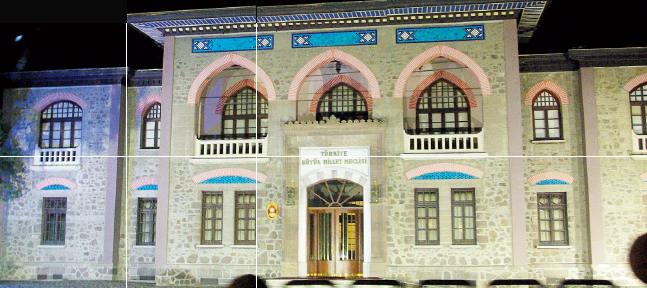HISTORICAL TURKİSH GRAND NATIONAL ASSEMBLY HALL
The second Turkish Grand National Assembly building, which served between years 1924 and 1960, was built by architect Vedat Tek. The building that served for many years, witnessed major decisions of Turkish political history. The windows, arches and tile panels of the as-sembly hall with Seljuk and Ottoman architectural features, bear tra-ditional Turkish motifs. Ceiling decorated with star motifs, the crown door, and details of the arch represent the architectural characteris-tics of the period. The building used as CENTO Headquarters in 1961, now serves as the Republic Museum.
LYCIAN LEAGUE ASSEMBLY HALL
The meeting point of civilizations throughout the world history, Anatolian region is home to the first democratic as-sembly of history: the Assembly of Lycian League. The Lycian League Assembly Hall built in the 1st century BC, was used as an assembly hall for 500 years. The stone building later welco-med theatre and music performances. The Lycian League As-sembly Hall unearthed in archaeological excavations in 1991, has made it to the history as the first democratic assembly hall of the world. The stone structure initially discovered by Prof. Dr. Fahri Işık, was brought to daylight between years 2000-2006 by efforts of Prof. Dr. Taner Korkut.
TURKISH GRAND NATIONAL ASSEMBLY HALL
One of world’s largest parliament buildings, Turkish Grand National Assembly Hall was a project by Austrian architect Prof. Clemens Holzmeister. Built on an area of 19 thousand 372 square meters, the assembly hall has been serving the Turkish nation since1961. The structure is designed in a way to exhibit the power and solid stance of Turkish Republic. The building constructed in 1961 according to bipartisan system, was later renovated for one chamber system. The moon-star motif used in the upper right and left corners of honour gate are symbols of the indivisible integrity of Turkish state.





Leave a Comment